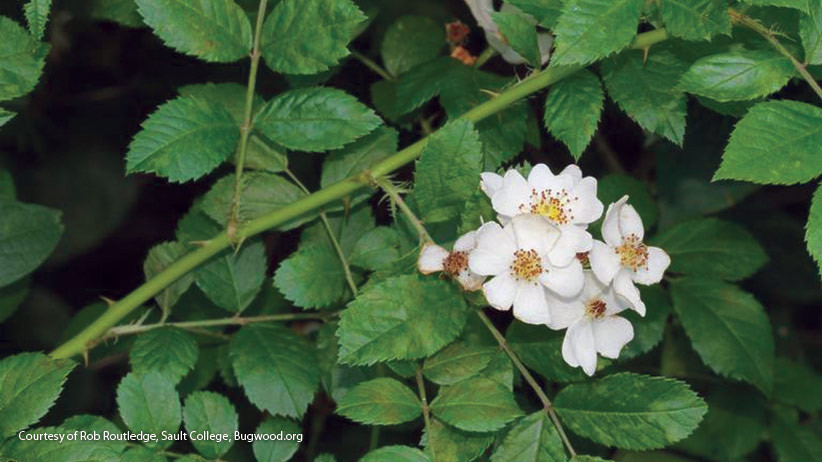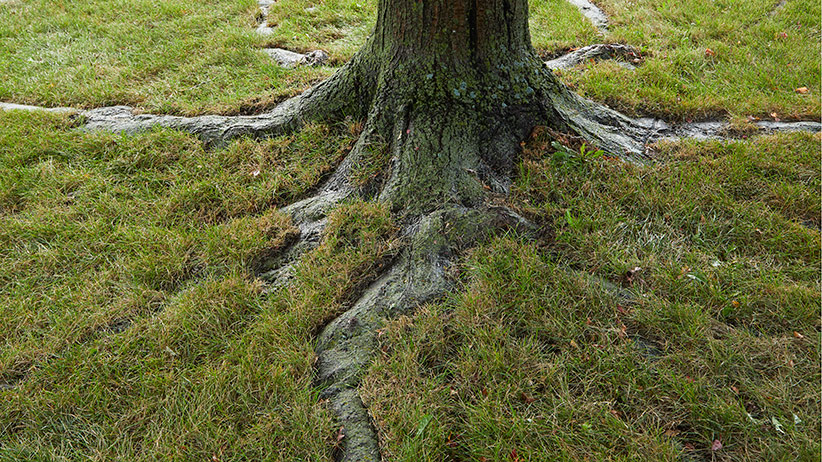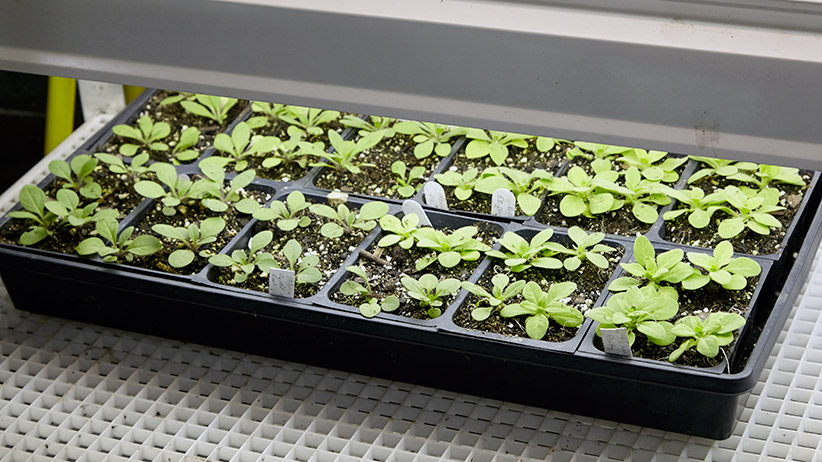
Hardening off plants
Whether you’ve been babying seedlings along under grow lights or overwintering a few tender perennials since last fall, the warmer temps of spring mean it's time to start getting them outside. But don’t just put them out there as soon as the ground begins to thaw. Plants that have been indoors (even those bought early from a local greenhouse) need to be acclimated to the fluctuating temperatures, wind and sunlight of life outdoors. In other words, you need to harden them off.
What's the benefit of hardening off plants?
Hardening off new or overwintered plants helps transition them from their controlled indoor environment so they aren't shocked when moved into variable outdoor conditions. You will gradually increase the amount of time they’re outside, usually by taking flats or pots in and out of the house. As plants spend more time outside, stems get stronger and their leaves develop a thicker cuticle (the waxy covering on the surface of a leaf that prevents water loss). Soon they’ll be ready to tolerate more varied weather conditions.
When to start hardening off plants
First, decide when you want to put your plants in the garden and back up a couple weeks from there — that’s when you’ll need to start hardening off. Tender plants’ planting date will be determined by your likely last frost date:
-
Cool-weather types, such as pansies and stock, tolerate temperatures in the 40-degree F range so you can plant a month before your likely last frost. Seedlings should have at least four to six sets of true leaves before going out.
-
Houseplants, tropicals and warm-season vegetables, such as tomatoes, prefer days at 70 degrees F (or warmer) and nights in the 50s. I usually plan a final plant date around May 10 in my zone 5 garden.
Fertilizing tip
Whatever you’re growing, to help slow growth and make foliage less succulent, avoid fertilizing with a high-nitrogen plant food right before you put plants outside and during hardening off.
You Might Also Like:
Beautiful Garden Plans
See More Helpful How To Gardening Articles
Two Easy Seed-Starting Setups for Indoors
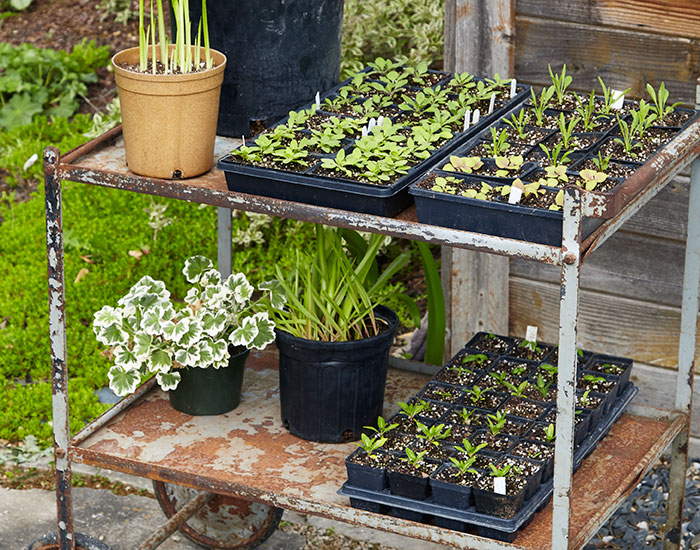
How to harden off plants
-
Start plants in a protected spot out of direct sunlight and strong wind for an hour or two in midafternoon (or whenever temps are closest to interior ones) to avoid shock. Examples include under a tree, next to a hedge or near the wall of the house or garage. Bring plants inside for the night. (A cart like the one in the photo above makes this less labor intensive.)
-
Each day or two, increase the time spent outside by 30 to 45 minutes. If there are a few days of bad weather—driving rain or an unexpected cold snap—keep them inside.
-
Once plants are used to being outdoors all day (and mild overnight weather is in the forecast), pull them into a protected spot outdoors for the night, too.
-
Full-sun plants will need time to get used to direct sunlight. Start them out in part to full shade on the north side of your house or under a tree. Every couple of days edge them into a bit more light until they’re basking in full sun.
-
Once plants stay outside day and night for three to four days in a row, they’re ready to go in the ground.
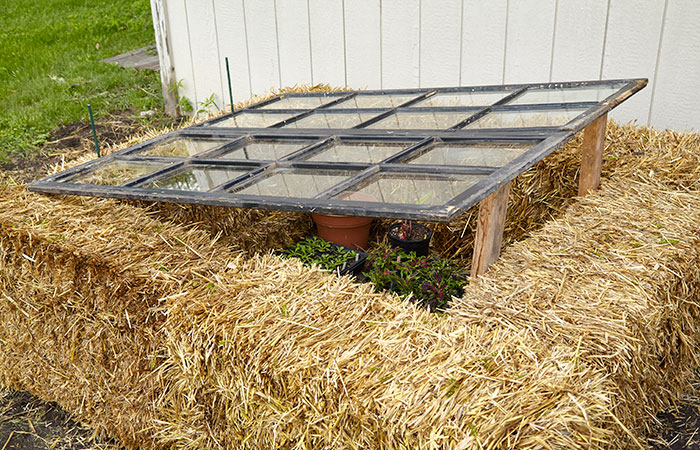
Try using a cold frame
A cold frame can save you the time and effort of walking back and forth to the house every day. Check out our great DIY cold frame ideas here.













